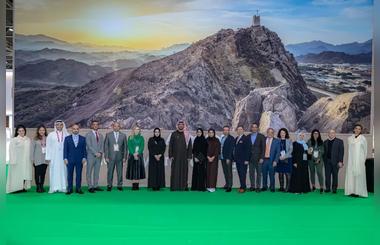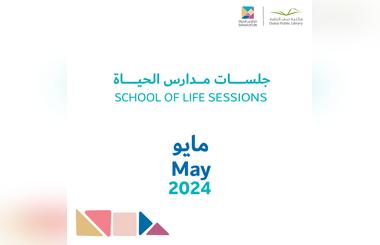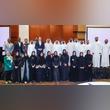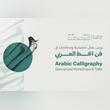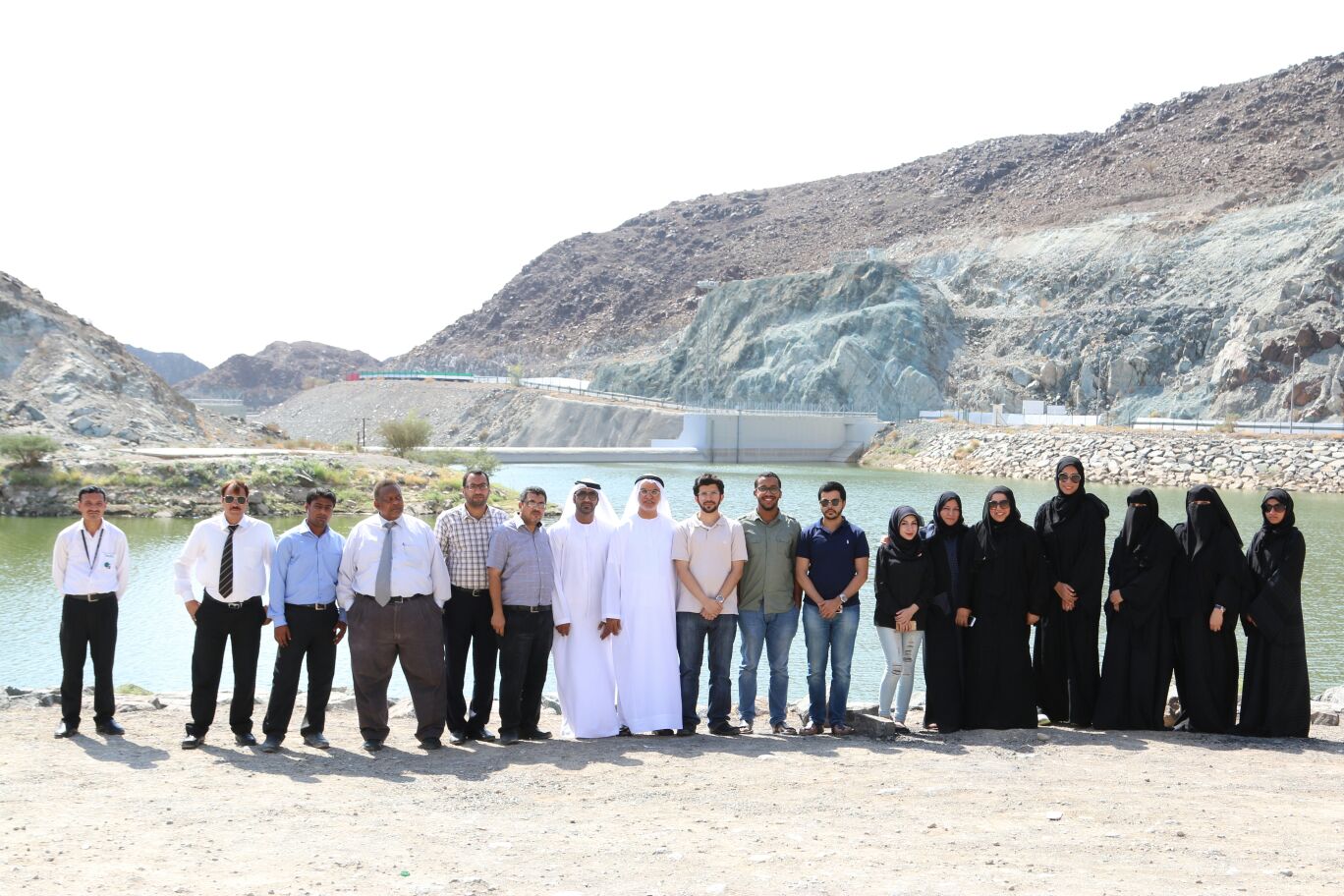
- ID Number 20950
- Aug 08, 2023
- 202
Masdar Institute students join field trip to Central Region dams
The Ministry of Environment and Water recently supervised the visit of a delegation from the Young Future Energy Leaders program under the Masdar Institute of Science and Technology to a number of dams across the Central Region. The visit was conducted in the presence of consultants and engineers from the Ministrys Dams Department.
The field trip aimed to raise awareness among students with regards to the rainwater harvesting method used for dams, barriers, lakes and water channels across the country. At the moment there are more than 130 dams and barriers in the country that are being utilized as natural water resources. The existing water network efficiently increases the groundwater recharge rate which helps in the integrated management of natural water resources and ensures their sustainability. In addition, these dams and water facilities also play a crucial role in reducing the flood risk for residents and buildings around the valleys which is an important component of the UAE Vision 2021.
During the visit, the students were acquainted with the various dams designs. Included in the field trip was Siji Dam which has a storage capacity of about one million cubic meters and is one of the cumulus dams established to increase the power supply rates. They also visited Shawka Dam, which has a storage capacity of about 275,000 cubic meters and is one of the concrete storage dams. To view water harvesting methods in flat areas, the itinerary also included the Felli Lakes which are composed of five lakes with a total capacity of about 500,000 cubic meters. Students viewed the Ministrys latest experiment to link Felli 2 with the small channel of Felli falaj (small channel) as well, which aims to revive the old falajs and preserve the heritage of the state.
The Ministry currently manages 101 dams and barriers according to the best international standards. It is also dedicated to following the technical standards stipulated in the operation manuals for each dam, which were prepared by engineers, designers, consultants and specialists accredited by international dam organizations.

CABSAT 2024 to highlight latest innovations in med...
- May 10, 2024

Dubai International Chamber concludes trade missio...
- May 10, 2024

Acronis joins the UAE data center foray as demand ...
- May 10, 2024


